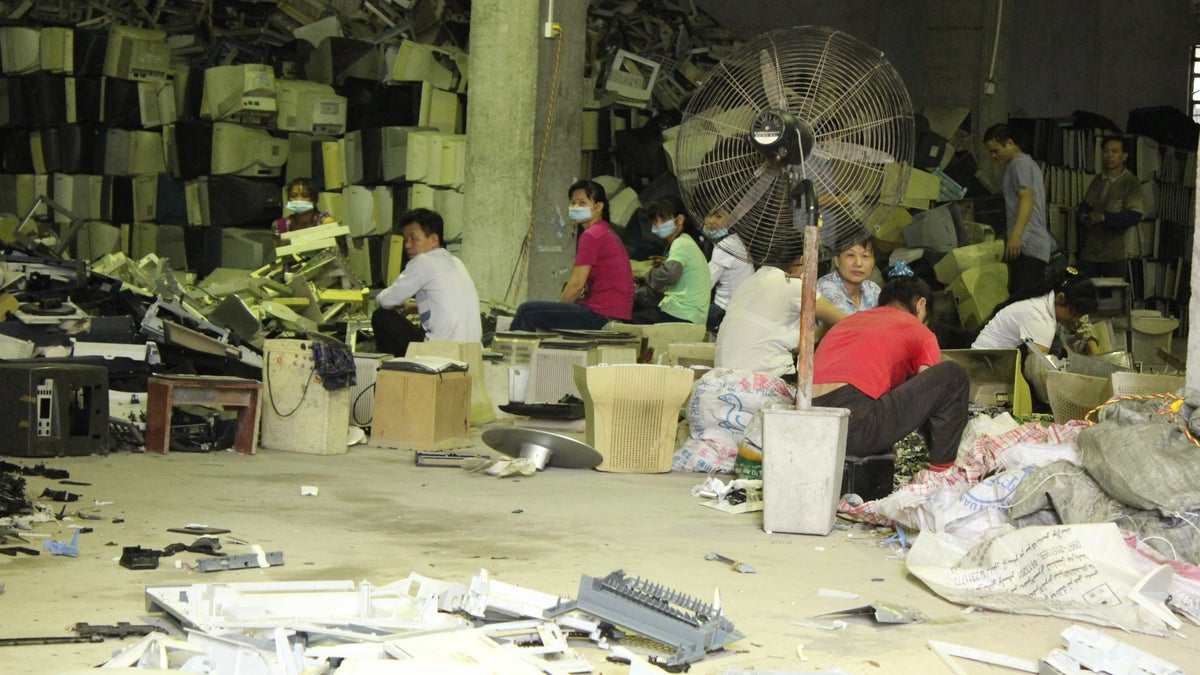Phew! New smartphones less toxic than older models
Recent models including Apple's iPhone 5 and the Samsung Captivate are less hazardous than old handsets, according to a new chemical analysis.

Your smartphone may be sleek and shiny on the outside, but on the inside, it could be harboring some environmental troublemakers.
But there's some good news: today's smartphones are likely to contain less of that bad stuff.
iFixit, in partnership with HealthyStuff.org, has released the results of a study that conducted a chemical analysis of handsets to see just how packed with toxic ickiness your favorite gadget might be.
The components found in modern-day devices, from desktop PCs and displays to mobile phones and other gadgets, contain a number of chemicals and elements -- needed for electronics manufacturing or for the proper functioning of the device -- that have been linked to conditions including cancer, neurological issues and developmental problems. Flame retardants, PVC, bromine, lead, mercury, tin, cadmium, and chromium are all part and parcel of the modern gadget.
Those nasty bits aren't considered a threat when they're tucked into the smartphone in your pocket. Rather, the danger lies in the disposal, when the gadgets could end up in the landfill or in the hands of recycling efforts that have little to no regard for environmental or worker safety.
By taking 36 handsets apart and analyzing their contents, the teams created a rank table based on the presence of chemicals considered hazardous. The extensive testing resulted in each phone being ranked on a 0-5 scale, with the lowest score being best; each model also receiving a tag of "high concern," "medium concern," or "low concern," depending on the chemical composition.
Six models were considered a "high concern," including the Nokia N95 and iPhone 2G. In comparison, six handsets developed after this managed to secure a rating of "low concern," such as the iPhone 5 and Motorola Citrus. Twenty-four phones secured middle rankings, a group that includes the BlackBerry Curve 8530, HTC Touch Diamond, and Samsung Eternity.
In order to limit the destructive nature of chemicals entering our environment, iFixit chief executive Kyle Weins warns that while results like this are promising, "It's not good enough. We can't just pat ourselves on our backs and rest on our laurels. Many toxics remain."

